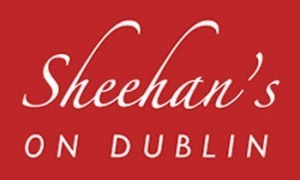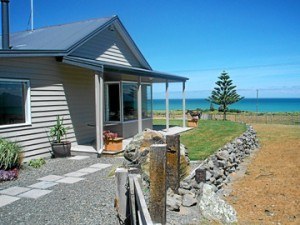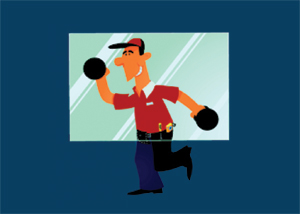Under The Martinborough Stars
Most people know that the sun is a star, and the stars are other suns further away. But are they really like our sun? Kinda, yes, but let’s dig deeper.
In astronomy it’s often said that the sun is an average star. But it’s also not average for other reasons. How does our sun really compare to other stars? G type stars like our sun only account for around 5% of the stars in the universe. Commonly seen, but not that common. The most common stars are M type, red dwarfs that make up about 80% of all stars and are far smaller and fainter than the sun. Our closest neighbour, Proxima Centauri is one of them (not to be confused with Alpha Centauri A and B) Conversely, the most massive stars are very rare and just one hypergiant could fit hundreds of millions of suns within its roughly spherical volume. So, there’s an incredible range of sizes and brightness’s out there.
OH BE A FINE GIRL (OR GUY), KISS ME…..…sorry. Just using an old-fashioned mnemonic for remembering the spectral classifications of stars. Like Never-Eat-Soggy-Weet-bix. Anyway, it’s OBAFGKM, with O being the hottest (blue) and M being the coolest (red). Replace your shower dials with blue for hot, as it should be. With our sun as a G type star, it’s on the cooler side in terms of the variety of temperatures star surfaces can be. Around 5600 Kelvin or 5300 celcius. Hot, but not that hot. Stellar cores can be millions of degrees Celsius.
Our sun could most justifiably be called average in the fact it’s in the ‘main sequence’, doing what all stars do at first, happily fusing hydrogen to create helium. It will do so for a few billion years more. The Hertzsprung – Russell Diagram is very important in astronomy. It’s a graph plotting star temperature against luminosity (brightness). It demonstrates how the bulk of stars observed, fit somewhere along the main sequence, which looks like a sloping diagonal band among other regions of giants and dwarfs. These giants have transitioned into fusing heavier elements, and white dwarfs are ‘dead stars’. The glowing core leftover and our sun’s eventual fate.
Here’s a couple more reasons our sun might not be so average. It’s still the only G type star we know of with so many planets. That is probably due to limitations in discovery so far but it may also be a bit special in that regard. More than half of the stars you see in the night sky are doubles. Binaries. They have an orbital partner. We think of our cycles of day and night as perfectly natural but there are plenty of planetary configurations around other stars that would get some pretty funky day-night cycles, if any at all. So let’s be grateful for our mild tempered and relatively stable sun, the night and the ability to see other stars in all their different types. But let’s not be grateful for clouds. They can all disappear for a while.














Recent Comments